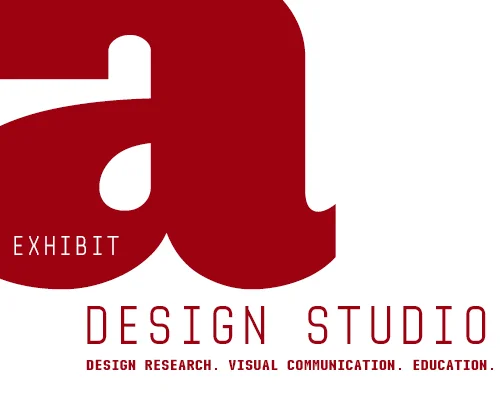Research Statement
My scholarship is generally focused on how design thinking and design research can better acknowledge the reciprocal relationship between design and culture, with an intentional focus on research methods that can help designers better understand and speculate on the impact that design action can have on cultural attitudes. I have grown particularly interested in the tension existing between etic and emic perspectives that mark much of the social science research that contemporary design research draws upon. In anthropological research, the etic perspective refers to that of the researcher or company, whereas the emic perspective refers to that of the person or group being researched. As a mediator between these two positions, I think mapping and visualization have a particularly important role. By enabling the researcher to question and test assumptions—as well as the data collected—this process encourages a critical ownership of the research findings.
Critical Placemaking: Mapping, Visualization and Participatory Design
Building on concepts drawn from Action Theory, Placemaking, Participatory Design and Critical Cartography, Critical Placemaking engages citizens in a critical evaluation of their own experience within design environments—built, cognitive, or communicative—through participatory mapping and with the goal of actively engaging to shape its future. As a paradigm shift, Critical Placemaking challenges the assumption that design “intervention” must have a physical component to it and seeks to redefine the role of the designer as that of a catalyst. As a research method, Critical Placemaking incorporates new ways to collect, analyze and interpret multiple perspectives, with the goal of illuminating the diversity of perspectives and experiences that are affected by design action.
Critical Placemaking also uses mapping and visualization as an analytic, synthetic and formative research tool. At the core of mapping and data visualization is the activity of encoding and decoding, bridging the etic and the emic perspectives by using data to uncover and communicate a truth (encoding), while simultaneously evaluating the meaning of this truth (decoding). My research in this area has centered on a collaboration with an architect and fellow academic Sara Queen, which has
concentrated on the ways maps can act as analytical, synthetic and formative research tools in design—both making meaning of research findings, but also critically questioning the assumptions that the researcher makes within the map’s creation. Below are a few of the recent initiatives and projects exploring ideas of critical placemaking and critical cartography.
co-lab: mapping and critical cartography
In his introduction to Visual Complexity, Manual Lima writes, “Our ability to generate information now far exceeds our capacity to understand it. Finding patterns and making meaningful connections inside complex data networks has emerged as one of the biggest challenges of the twenty-first century.”
It is within this currency that Co/Lab investigates and develops mapping and visualizations that can help us, as designers, users and citizens, make meaning of this complexity. It is also through critical, and dialectical interaction with the mapping process that we analyze the duality of what mapping offers—the power of isolating a single instance through which to analyze a larger pattern, and the necessary distortion that isolation provokes.
Critical cartography at once embraces the assets of mapping and data visualization through isolation and simplification, while simultaneously questioning the very assumptions that the process of isolation embeds in the rhetorical nature of the map. In other words, what is most beneficial about mapping (the ability to simplify complexity by reducing the number of factors that are being compared at a given time) is the very thing that can make the map a powerful rhetorical device that persuades (with accuracy or delusion) of a truth about the tangible, "real" world. Through the constant interrogation of the process and the product, my work in critical cartography aims to utilize this power to make meaning of complexity, while also challenging the persuasive nature of data and mapping that is embedded within the tools and process.
SEEDING FOOD STUDIES | 2013
Working with Community Food Lab, Co/Lab helped develop a participatory mapping workshop and visual mapping tool. The aim of this project was to visualize the amount and diversity of work being done at North Carolina State University, to propose for a Cross-Disciplinary Food Studies Program or initiative within the University. The Chord Structure of the digital tool illuminated previously unrealized connections among research topics, curriculum and projects to facilitate and encourage new modes of collaboration.
Mapping Focus | Spaces and Flows | 2011
Social networking platforms provide powerful connectivity, but the ability to visually experience connections, make meaning from those connections and actually utilize them to create more meaningful interactions are still limited. This reality motivated the Mapping : Focus project to trace the stocks and flow of concepts at the 2011 Spaces and Flows Conference by illuminating connections made within the event of the conference. These traces of exchange have the potential to serve as a powerful tool for academic collaboration and become a lasting artifact to catalyze future connections. Project Team: Tania Allen, Sara Queen and Marc Russo








